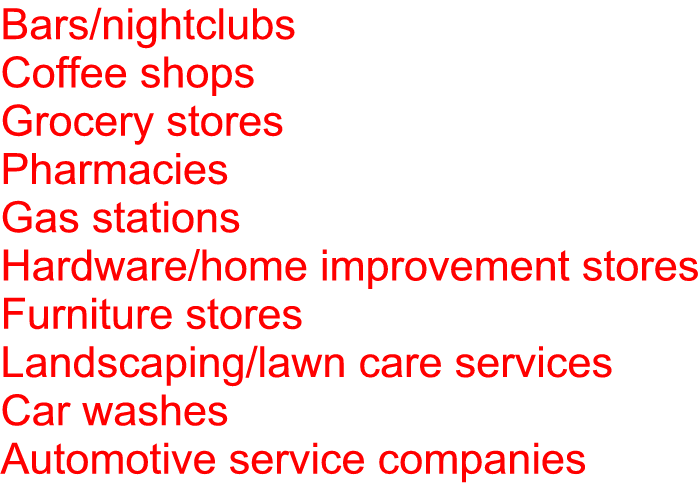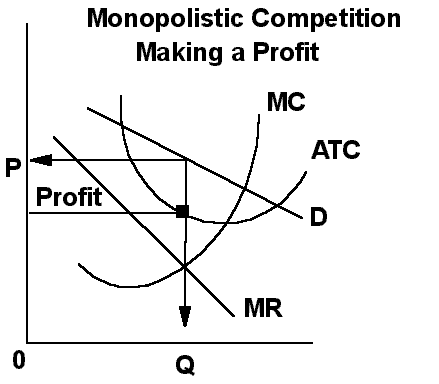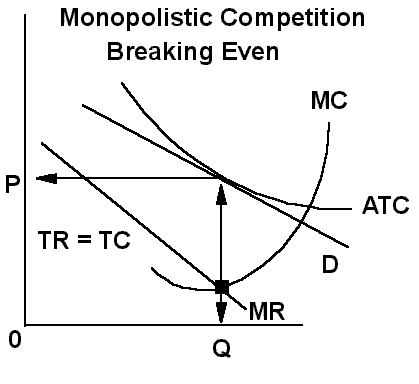|
Chapter 25 Monopolistic Competition |
|
| I. Introduction |
See
Game
Theory
Quick Reviews
1-page per chapter
Return to
Please link to, use to educate, and Share! 9/8/19 |
|
Lecture Notes
Part II Product and Factor Markets
may be read as an introduction |
I. Introduction
A. A monopolistically competitive market
exists when a substantially large number of firms
serve a market with relatively differentiated products.
B. An example would be merchandising
firms of all types selling products such as shoes,
shirts, TV's, groceries,
etc.
C. Product differentiation
1.Some feel it is real and important
while others feel it is artificial and unimportant.
2. Examples
a.
Non-price competition
1.
Product quality
2.
Product image (Branding)
3.
Customer service
4.
Store environment and image
b.
Condition for sale (location)
1.
Mail order
2.
Home delivery using the internet
3. Bidding on the internet
D. Some control over price exists and demand tends
to be more elastic than with monopoly
or oligopoly markets.
E, Examples

Source /firstquarterfinance.com


